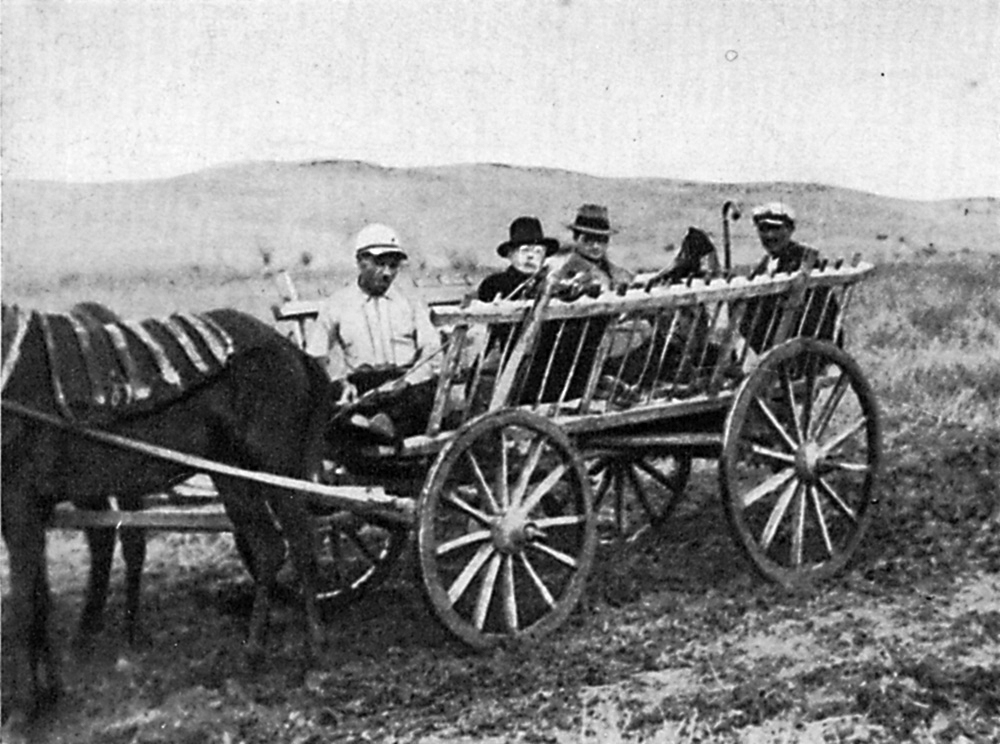QUARTET NO. 4, BB. 95
Béla Bartók
(b. Nagyszentmiklós, Hungary [now Sînnicolau Mare, Romania], March 25, 1881; d. New York, September 26, 1945)
Composed 1928; 22 minutes
 “In order to really feel the vitality of folk music, one must have lived it – and this is only possible when one comes to know it through direct contact with the peasants,” Bartók said in a lecture in the 1920s. In his six string quartets, Bartók probes deep into the traditional music of the Hungarian people, into music he learned at the source in the countryside, by collecting, analyzing and cataloging thousands of folk songs.
“In order to really feel the vitality of folk music, one must have lived it – and this is only possible when one comes to know it through direct contact with the peasants,” Bartók said in a lecture in the 1920s. In his six string quartets, Bartók probes deep into the traditional music of the Hungarian people, into music he learned at the source in the countryside, by collecting, analyzing and cataloging thousands of folk songs.
Bartók’s Fourth Quartet is one of his finest creations and puts the greatest demands on both performer and listener. Its influence on Bartók’s own music and on that of subsequent composers of string quartets is immense. The Fourth is the first in which he uses the arch-like structure he was to explore further in such works as the Concerto for Orchestra. In it, the two outer movements are related, both in terms of thematic material and the shared tonality of C major. The second and fourth movements are again related. Both are scherzo-like, with the second played muted throughout and the fourth played pizzicato throughout. The key of the second is E-flat, a third above C, while the theme of the fourth is A-flat, a third below C. The symmetry is sustained in the central, slow movement, which falls into an ABA form, thereby completing an overall arch: ABCBA.
Bartók’s Fourth Quartet is virtually without themes. Instead, short motifs are rigorously developed. The first movement is based entirely on a six-note cello fragment, which moves stepwise upwards from B-flat to D-flat, then down again. The slow movement is flanked by the scurrying second movement and the related fourth where Bartók introduces a
variety of pizzicato sounds, including the so-called ‘Bartók pizzicato’ where the string is snapped hard against the fingerboard of the instrument. In this evocative slow movement, we hear several urgent, yet melancholy cello rhapsodies at the outset, based on the sounds of an ancient Hungarian folk instrument, a sort of clarinet, called a táragotó. They are soon heard in combination with the haunting and very Bartókian ‘night music’ of bird song and insect sounds of the central section. The finale is a ferocious Magyar dance, thrilling in its energy, exuberant in its forward drive.
